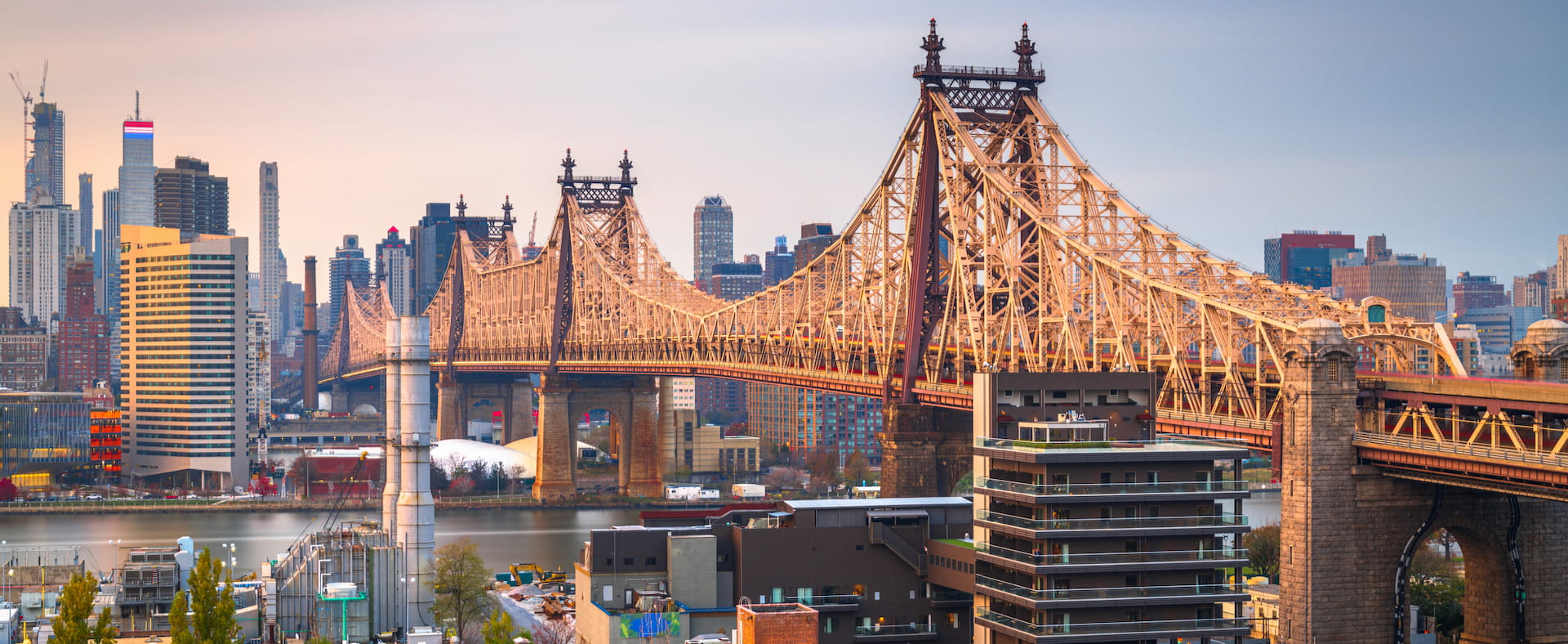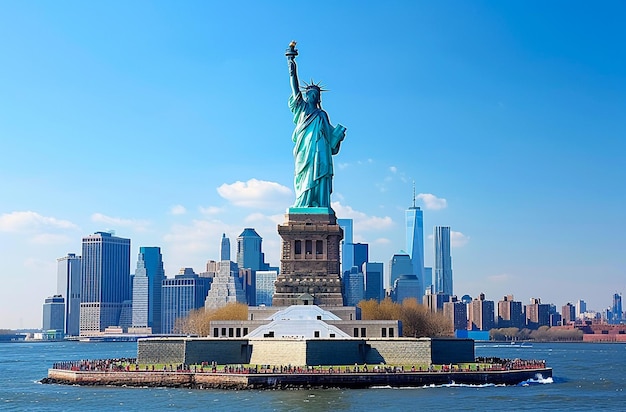
Explore New York City with our in-depth guide to its map:7m4tisnykes= new york. Discover the geographic layout, neighborhoods, landmarks, and future trends in mapping. Perfect for residents, tourists, and business professionals.
Introduction
New York City, often simply referred to as New York, is one of the most iconic and bustling metropolises in the world. Its vast expanse and multifaceted character make it a city that is both fascinating and complex. To truly appreciate and navigate this vibrant urban landscape, understanding the “map New York” is essential. This blog post delves into various aspects of New York City’s map, providing insights into its geographic layout, transportation systems, neighborhoods, landmarks, and historical evolution. Whether you are a resident, a tourist, or a business professional, mastering the intricacies of New York’s map can enhance your experience and interaction with this remarkable city.
The Geographic Layout of New York City
New York City is an intricate tapestry of five boroughs: Manhattan, Brooklyn, Queens, The Bronx, and Staten Island. Each borough has its unique character and geographical layout, contributing to the city’s overall diversity. The city’s map illustrates these boroughs, with Manhattan being the most recognizable and central part, often associated with iconic skyscrapers and landmarks. The map also highlights the surrounding waterways, including the Hudson River to the west and the East River to the east, which play a crucial role in the city’s geography. By understanding the geographic layout, one can appreciate the spatial relationships between different areas and the city’s extensive urban planning.
Exploring Manhattan: The Heart of New York City
Manhattan, often considered the heart of New York City, is renowned for its dense skyline and bustling streets. A detailed “map New York” of Manhattan reveals its structure, characterized by a grid system that was designed by the Commissioners’ Plan of 1811. This grid makes navigation straightforward, with numbered streets running east-west and avenues running north-south. The map also highlights major landmarks such as Times Square, Central Park, and Wall Street, which are central to Manhattan’s identity. Additionally, understanding Manhattan’s sub-neighborhoods, such as the Upper East Side and Greenwich Village, provides a more nuanced view of the city’s cultural and economic landscape.

Brooklyn: A Borough of Diverse Neighborhoods
Brooklyn, the most populous of New York City’s boroughs, offers a diverse array of neighborhoods, each with its own character and charm. The “map New York” of Brooklyn shows areas such as Williamsburg, known for its vibrant arts scene, and DUMBO, famous for its stunning views of the Manhattan skyline. The map also highlights Brooklyn’s extensive waterfront along the East River, which has become a focal point for development and recreation. By examining Brooklyn’s map, one can appreciate the borough’s transformation from an industrial hub to a cultural hotspot, reflecting its dynamic and evolving nature.

Queens: The Gateway to the World
Queens is known for its cultural diversity and is often described as the gateway to the world due to its international community and major transportation hubs. The map of Queens illustrates its sprawling nature and major areas such as Flushing, which is home to a significant Asian population, and Astoria, known for its Greek influence. The map also highlights the borough’s proximity to major airports, including John F. Kennedy International Airport and LaGuardia Airport, emphasizing its role as a key transportation hub. Understanding the map of Queens provides insight into its rich cultural mosaic and its importance in connecting New York City to the rest of the world.

The Bronx: A Historical and Cultural Landmark
The Bronx is known for its rich history and cultural landmarks, including the birthplace of hip-hop and the renowned Bronx Zoo. A “map New York” of The Bronx reveals its distinct neighborhoods such as Fordham, which is home to Fordham University, and South Bronx, historically significant for its contributions to music and culture. The map also showcases the borough’s green spaces, including Van Cortlandt Park and Pelham Bay Park, which offer residents and visitors alike a respite from the urban environment. By exploring The Bronx’s map, one can gain an appreciation for its historical significance and cultural contributions to New York City.

Navigating New York City’s Public Transportation System
New York City’s public transportation system is a crucial component of its map, facilitating movement across the city’s vast expanse. The MTA subway map is an essential tool for navigating the city’s underground network, with color-coded lines representing different routes. The map also includes bus routes and major transfer points, making it easier for residents and visitors to plan their journeys. Understanding the public transportation map is vital for efficient travel within New York City, providing access to neighborhoods and landmarks that might otherwise be challenging to reach.
Major Landmarks and Attractions: A Map Perspective
New York City is home to numerous landmarks and attractions that are integral to its identity. The “map New York” of these landmarks highlights iconic sites such as the Empire State Building, the Metropolitan Museum of Art, and the Brooklyn Bridge. The map also shows the location of major tourist destinations, including Broadway theaters and the Statue of Liberty, making it easier to plan visits and explore the city’s cultural offerings. By examining the map of these landmarks, one can appreciate the concentration of cultural, historical, and architectural treasures that define New York City.
Historical Evolution of New York City’s Map
The historical evolution of New York City’s map provides insights into its growth and development over the centuries. Early maps of New York City, such as those from the Dutch colonial period, reveal a small, compact settlement, while later maps show the expansion and grid development that characterized the city’s growth. The map also reflects significant events and changes, including the construction of major infrastructure projects and the incorporation of new neighborhoods. Understanding the historical progression of New York’s map offers a deeper appreciation for the city’s transformation and development.

Real Estate and Business Opportunities: Mapping Key Areas
For those interested in real estate or business opportunities, understanding the map of New York City’s neighborhoods and districts is crucial. The map highlights key areas for investment, including high-demand neighborhoods and emerging business districts. Real estate maps provide information on property values, zoning regulations, and market trends, helping investors and entrepreneurs make informed decisions. By analyzing the map of these areas, one can identify prime locations for residential or commercial ventures and navigate the competitive New York City market effectively.
The Role of Maps in Urban Planning and Development
Maps play a critical role in urban planning and development, guiding decisions related to infrastructure, land use, and community planning. The “map New York” used by urban planners includes detailed information on zoning, land use, and transportation networks. This map helps planners assess the impact of new projects, manage growth, and address community needs. By understanding the role of maps in urban planning, one can appreciate the complexities involved in shaping and managing a city as dynamic and diverse as New York City.
Using Digital Maps for Modern Navigation
In the digital age, online and mobile maps have revolutionized navigation in New York City. Apps and digital platforms provide real-time updates on traffic conditions, public transportation schedules, and route planning. The “map New York” on these platforms is interactive, allowing users to zoom in on specific areas, view satellite imagery, and access detailed information about neighborhoods and landmarks. Digital maps enhance the navigation experience, making it easier for residents and visitors to explore the city and find their way around efficiently.

The Impact of Maps on Tourism and Travel
Maps have a significant impact on tourism and travel, shaping how visitors experience New York City. Tourist maps highlight key attractions, transportation options, and local amenities, helping travelers plan their itineraries and navigate the city effectively. The “map New York” for tourists often includes recommendations for dining, shopping, and entertainment, enhancing the overall travel experience. Understanding the role of maps in tourism can improve one’s ability to explore the city and make the most of their visit.
The Influence of Maps on Local Businesses
Local businesses in New York City also benefit from maps, which help them reach their target audiences and plan their operations. Business maps show the location of competitors, potential customers, and key commercial areas. For businesses looking to establish a presence in New York City, understanding the map of different neighborhoods and districts can provide valuable insights into market opportunities and customer demographics. Maps play a crucial role in business strategy and location planning.
Future Trends in Mapping New York City
As technology continues to advance, the future of mapping New York City is likely to see significant innovations. Trends such as augmented reality (AR) maps, 3D mapping, and advanced geographic information systems (GIS) are expected to enhance the way we interact with and understand the city’s geography. These technologies will provide more detailed and immersive experiences, allowing users to explore New York City in new and interactive ways. Staying informed about these trends can help one anticipate changes and leverage new mapping technologies effectively.

The Importance of Accurate Mapping for Emergency Services
Accurate mapping is essential for emergency services in New York City, enabling efficient response and coordination during crises. Maps provide critical information on the location of emergency facilities, evacuation routes, and potential hazards. The “map New York” used by emergency services includes detailed layouts of neighborhoods, infrastructure, and key landmarks, facilitating timely and effective interventions. Understanding the role of maps in emergency planning highlights their importance in ensuring public safety and preparedness.
The Relationship Between Maps and Urban Culture
Maps also reflect the cultural and social dynamics of New York City, capturing the diversity and vibrancy of its neighborhoods. The “map New York” of cultural landmarks, community centers, and artistic hubs provides insights into the city’s rich cultural landscape. By exploring maps that highlight cultural and social aspects, one can gain a deeper appreciation for the city’s dynamic cultural scene and its impact on local identity.
Analyzing New York City’s Map Through Interactive Tools
Interactive tools and platforms offer a dynamic way to explore and analyze New York City’s map. Online mapping services and apps provide customizable features, allowing users to view specific layers, access detailed information, and interact with different aspects of the city’s geography. These tools enhance the mapping experience, providing users with the ability to tailor their exploration and gain insights based on their interests and needs.

The Role of Historical Maps in Understanding New York City
Historical maps are valuable resources for understanding the development and evolution of New York City. These maps provide context for the city’s growth, architectural changes, and historical events. By examining historical maps, one can trace the transformation of neighborhoods, infrastructure, and land use over time. Historical maps offer a perspective on how New York City has evolved and provide valuable insights into its historical development.
The Future of Mapping Technologies in Urban Environments
As urban environments continue to grow and evolve, mapping technologies will play an increasingly important role in managing and understanding cities like New York. Emerging technologies such as smart city mapping, real-time data integration, and spatial analytics will provide new opportunities for urban planning and management. The future of mapping in New York City will likely involve greater integration of technology and data, offering enhanced tools for navigation, planning, and decision-making.
Conclusion
Mastering the map:7m4tisnykes= new york is essential for navigating and appreciating one of the world’s most dynamic cities. From understanding its geographic layout and public transportation system to exploring its neighborhoods, landmarks, and historical evolution, a comprehensive grasp of the city’s map enhances one’s ability to interact with and experience New York City. As technology advances and new mapping tools emerge, the way we understand and navigate this iconic metropolis will continue to evolve, offering new opportunities for exploration and discovery.
Read Also: Rena monrovia when you transport something by car …
